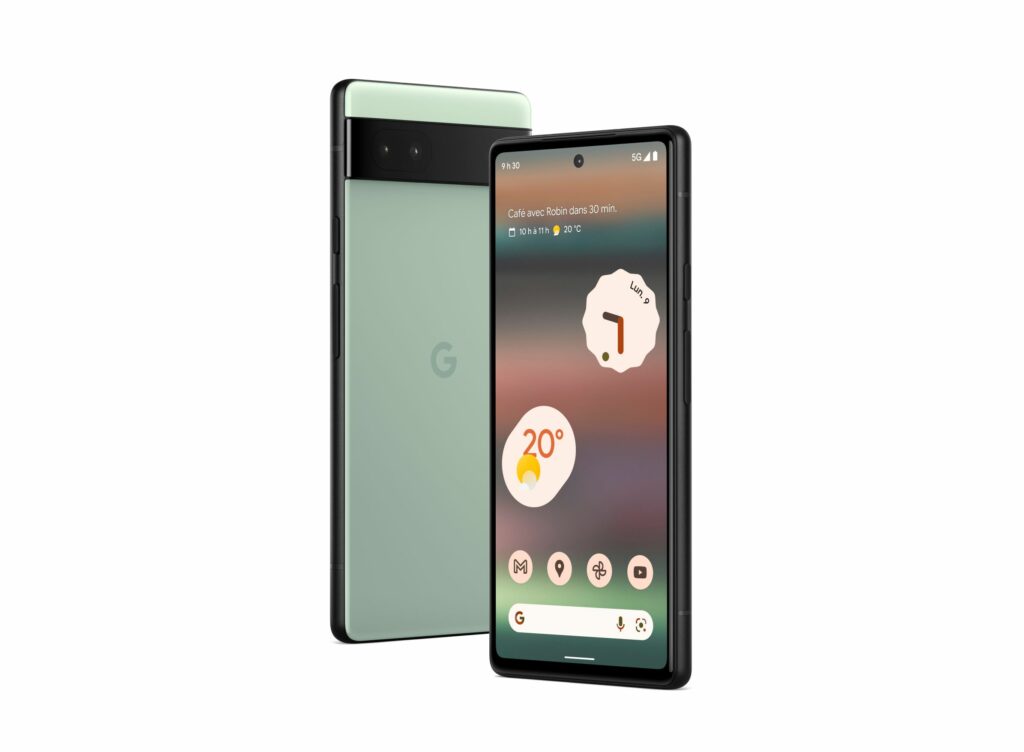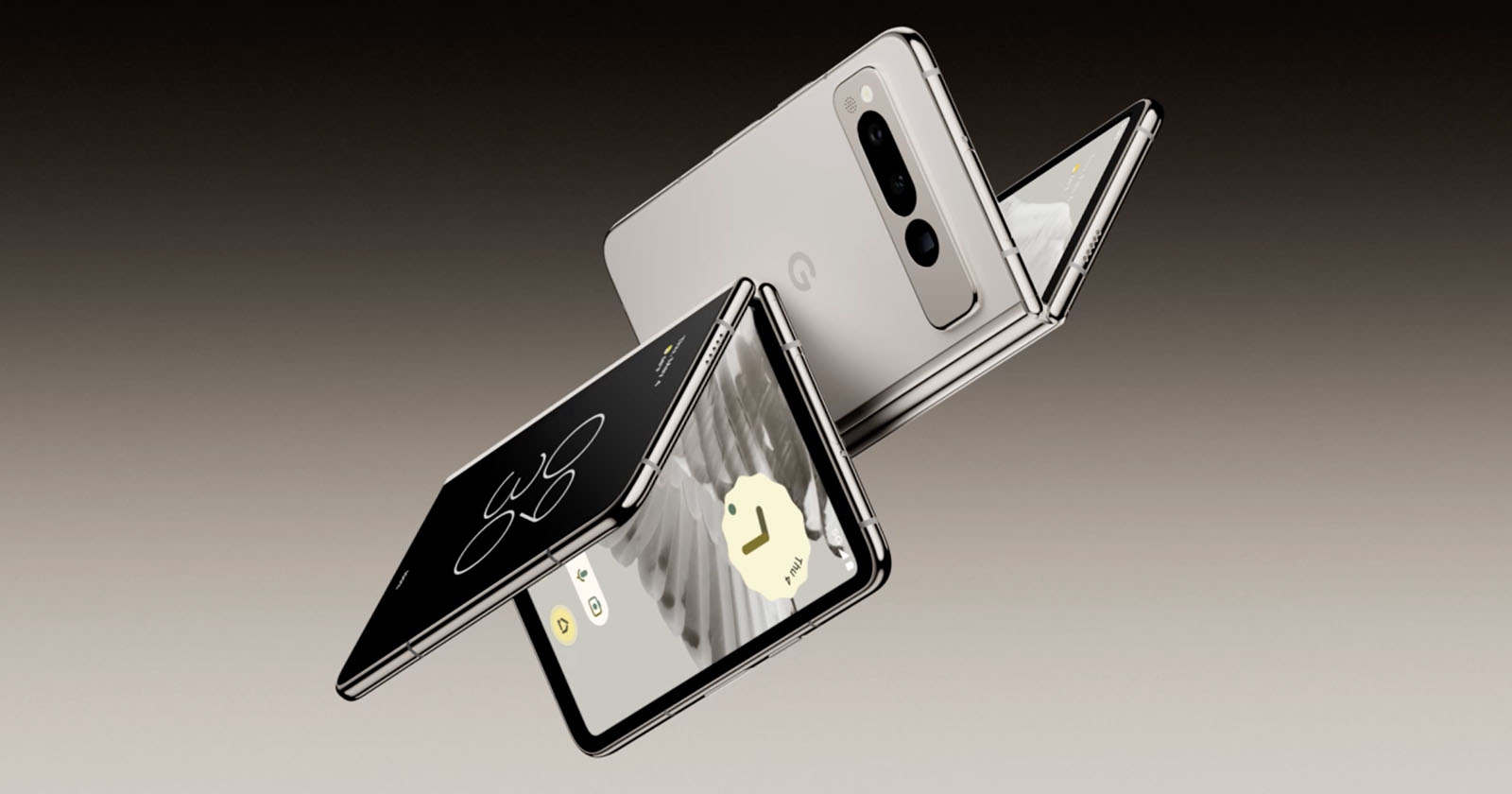
The latest Google Pixel 8 and Google Pixel 8 Pro come with many updates in the imaging department.
Google Pixel 8 Pro
Looking at camera hardware, the Pixel 8 Pro offers faster apertures in all three camera modules and a larger sensor with higher resolution in the ultra-wide camera, when compared to last year’s Pixel 7 Pro.
Key specifications Google Pixel 8 Pro
- Tensor G3 chipset, 12GB RAM, 128GB / 256GB / 512GB / 1TB storage
- 6.7″ OLED Actua display (1-120 Hz, up to 1600 nits HDR and 2400 nits peak brightness)
- Main camera: 50MP Type 1/1.31 (9.8 x 7.4 mm) Octa PD sensor, 25mm equivalent, F1.68 aperture, OIS, EIS
- Ultra-wide: 48MP (6.4 x 4.8mm) Quad PD sensor, 11mm equivalent, F1.95 aperture
- Tele: 48MP (5.6 x 4.2mm) Quad PD sensor, 112mm equivalent, F2.8 aperture, OIS, EIS
- Multi-zone laser detect autofocus sensor
- Spectral and flicker sensor
- Colors: Obsidian, Porcelain, Bay
Google Pixel 8
The updates are a little less exciting on the Pixel 8 which has the Pro model’s main camera but uses the same ultra-wide hardware as the Pixel 7 generation, and has to make do without a dedicated tele module, relying on digital cropping and blending for zoom.
Key specifications Google Pixel 8
- Tensor G3 chipset, 8GB RAM, 128GB / 256GB storage
- 6.2″ OLED Actua display (60-120 Hz, up to 1400 nits HDR and 2000 nits peak brightness)
- Main camera: 50MP Type 1/1.31 (9.8 x 7.4 mm) Octa PD sensor, 25mm equivalent, F1.68 aperture, OIS, EIS
- Ultra-wide: 12MP sensor (5.0 x 3.8mm), 11mm equivalent, F2.2 aperture, AF
- Tele: N/A
- Single-zone laser detect autofocus sensor
- Spectral and flicker sensor
- Colors: Obsidian, Hazel, Rose
The Pixel 8 and Pixel 8 Pro come with the heft and solid build quality you would expect from a premium smartphone. The Pixel 8 features a glass rear plate with a matte aluminum frame, while the Pro model uses a ceramic-like material with a polished frame. Both devices handle nicely in general use, and when shooting or editing images.
The more obvious difference between the two devices is size. The smaller 8 has a 6.2-inch Actua OLED display with 1080 x 2400 and a variable 60-120Hz frame rate. The Pro’s larger 6.7-inch screen offers a larger 1344 x 2992 resolution and 1-120Hz variable frame rate. Display pixel density and peak brightness are slightly higher on the Pro model but in use the difference is small and both displays deliver great sharpness and detail with plenty of brightness.
READ THE FULL REVIEW ON DPREVIEW.COM




:format(webp):no_upscale()/cdn.vox-cdn.com/uploads/chorus_asset/file/22755114/Google_Pixel_6__Portfolio_Shot.jpg)
